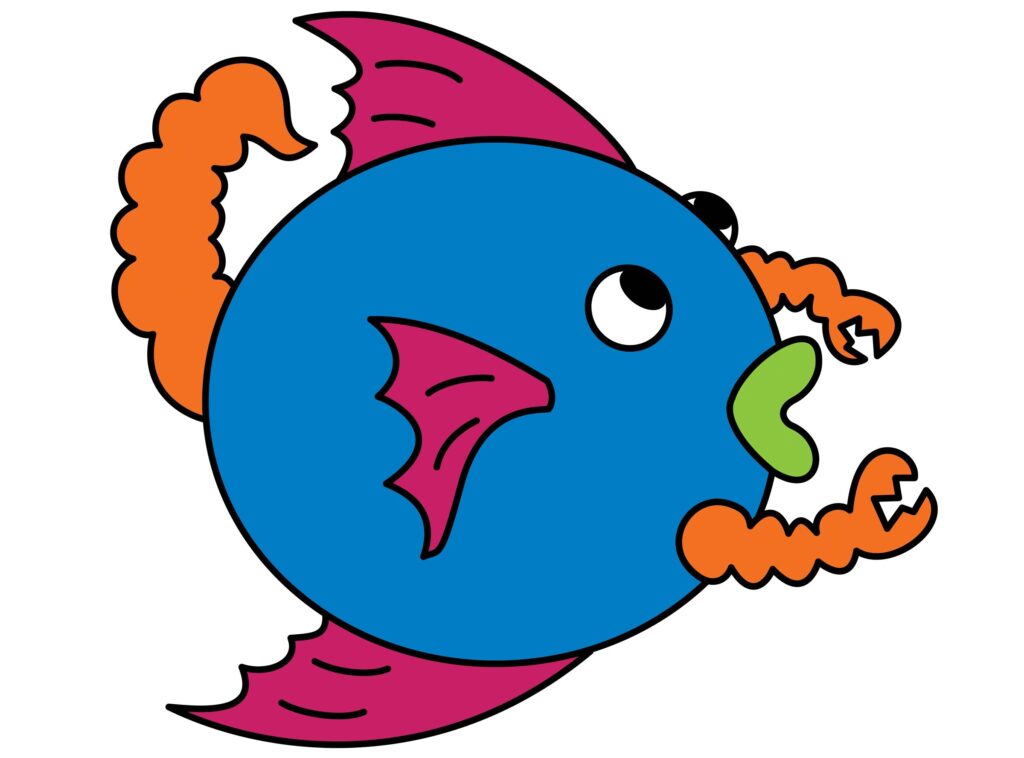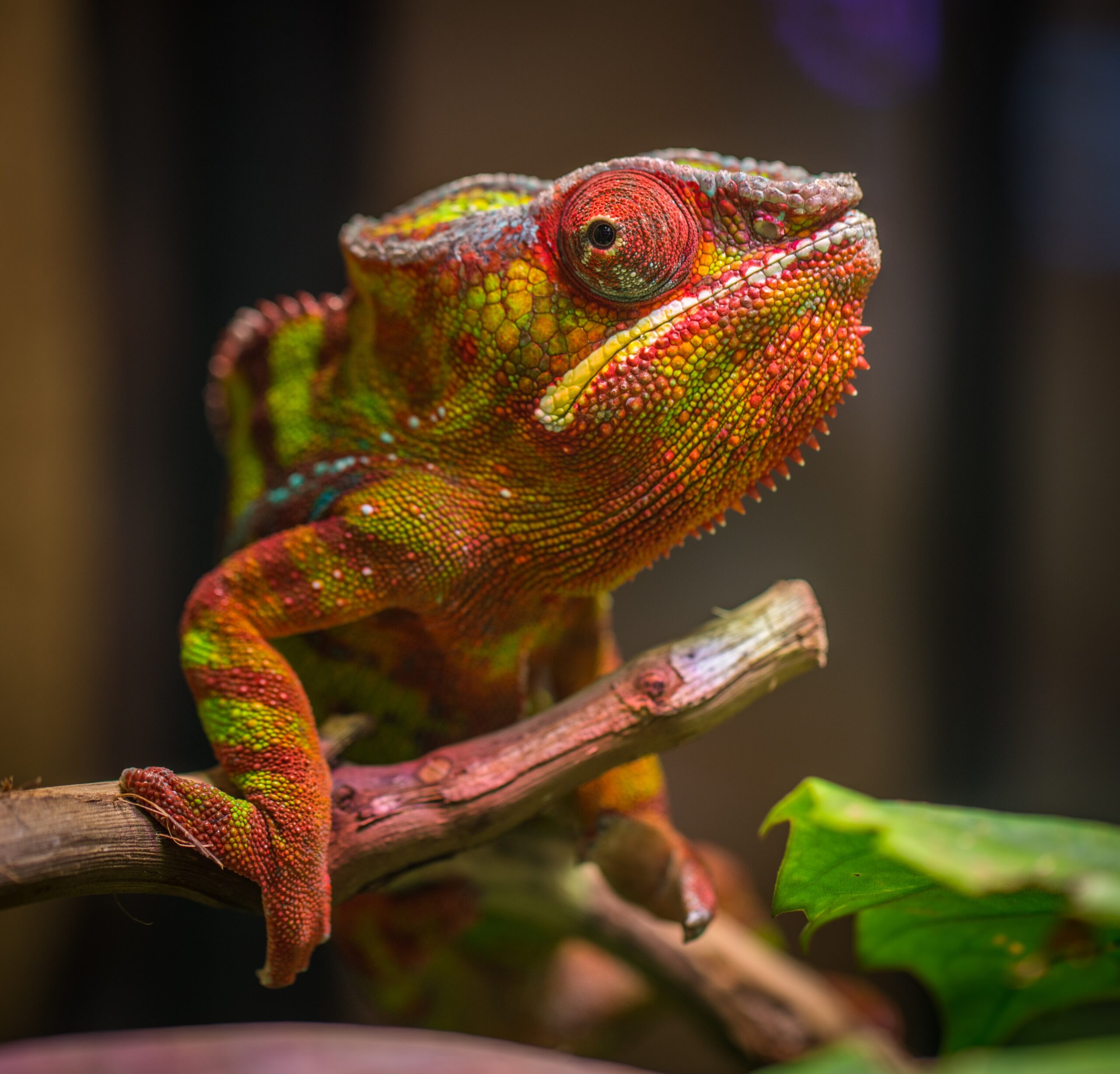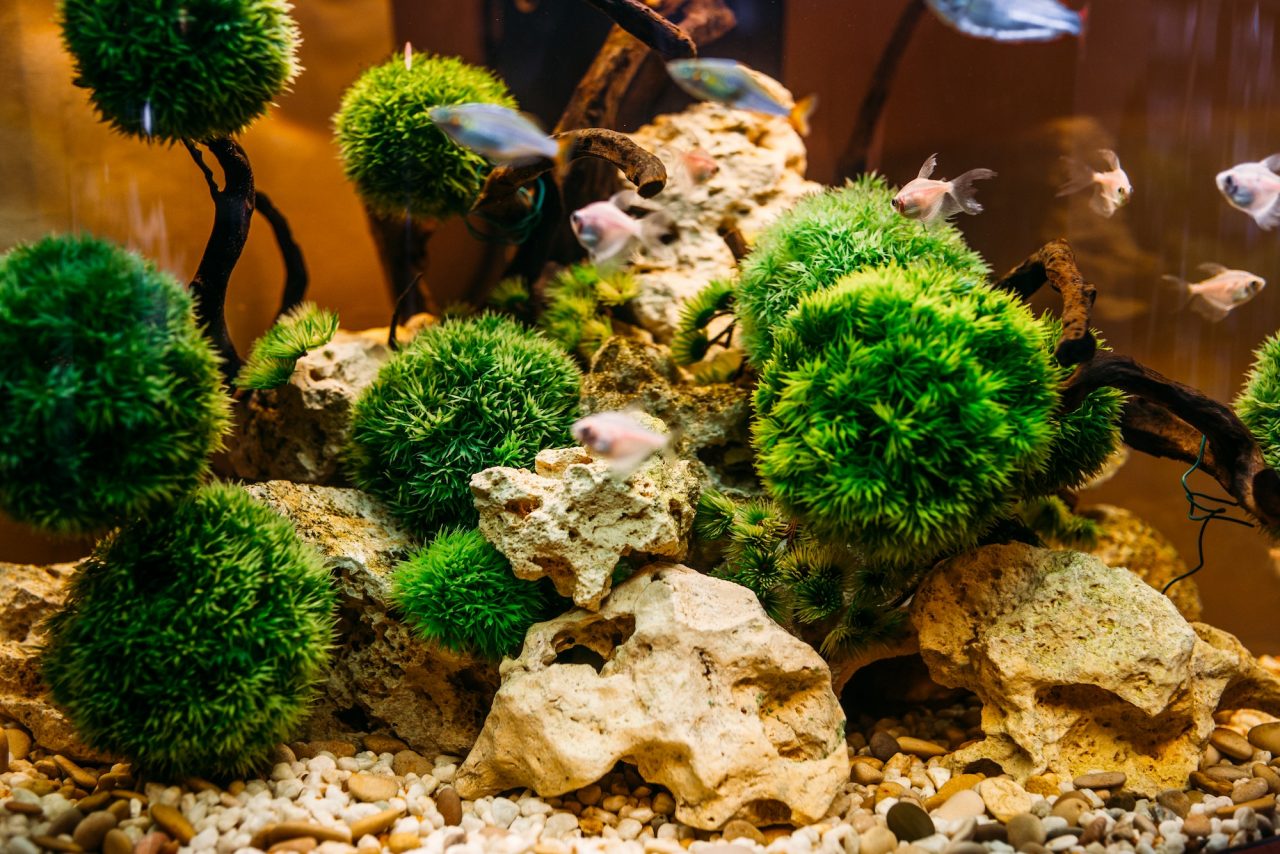An increase in the popularity of lizards has resulted in the necessity of learning more effective health care methods and habitat requirements. We have found that with the proper heat, light, humidity, and diet, lizards can thrive in captivity.
Heating
The most important thing to know regarding the heating of lizard habitats is that lizards are ectothermic (cold-blooded) and rely on outside means to gain body heat. The amount of heat required depends on the particular species and whether the species is nocturnal or diurnal.
There are many methods of maintaining one’s lizard at the proper temperature. Whatever the method, you must be knowledgeable of your lizard’s natural temperature requirements in both the daytime and evening hours and in which part of the day it tends to be more active. The methods include:
An over the tank heater consists of an incandescent light bulb and a reflector. The wattage of the bulb is dependent on the size of the tank and the temperature to be maintained. A basking site providing a higher temperature area is recommended for those species of lizards that are active during the day. Nocturnal species that like a warmer temperature at night can be heated with nocturnal heat bulbs. These bulbs resemble an incandescent blacklight or infra-red bulb; producing heat, but light which is invisible to the lizard.
Ceramic heat emitters which are appropriate for both nocturnal and diurnal species as only heat is produced with no light being emitted. Their primary advantages are a more even heat gradient and a prolonged life span.
Under the tank heaters are recommended for lizards that need to maintain a constant temperature without basking. They can also be used in conjunction with over the tank heaters to regulate the photo period.
Heat rocks which we strongly do not recommend. A reptile’s dorsal surface is covered with nerves to control the holding and dispersal of heat. Its ventral surface, that portion of the body in contact with the heat rock, is the opposite, containing few nerves. Heat rocks are notorious for possessing uneven heat gradients; i.e. hot spots, which are capable of producing severe burns.
Lighting
Lighting is a critical aspect of reptile care, with most lizards requiring an ultraviolet source. This light can only be produced by a full spectrum reptile fluorescent bulb. Without this U.V. light, metabolic bone disease (M.B.D.) will occur and the lizard will die. It is comparable to osteoporosis in women except that it will occur throughout the lizard’s body and not just with the vertebrae. The reason this occurs is the lizard cannot efficiently assimilate calcium or phosphorus without vitamin D3 which is produced by UVB radiation. These bulbs are available with a UVB rating of from 2 to 5%; with the high percentage being more efficient, more desirable and, somewhat more expensive. Full spectrum fluorescent bulbs should be replaced every six months. There are incandescent bulbs on the market which purportedly emit UVA and UVB. Incandescent bulbs, however, cannot produce light in the ultraviolet spectrum.
The photo period (the duration the habitat is illuminated) should be constant and should simulate the lizard’s natural daylight/darkness duration. This is inclusive of any light emitting bulbs being used as heat sources. Electrical timers provide the maximum convenience and surety in this respect.
Humidity is very easily controlled and maintained; both by the size of the water bowl placed in the habitat and by the frequency of misting the lizard(s) therein. At improper humidity levels, breeding will not occur, eggs will not hatch, and respiratory infections are likely. The investment in a humidity gauge and a brief indulgence in trial and error will prevent these problems.
Diet
The diet of a captive lizard is not nearly as diverse as its wild counterpart. Therefore, supplements are necessary, with calcium in a fine powder form being the most important. This is particularly true in the case of herbivores which are more prone to metabolic bone disease. Carnivores receive the majority of their calcium requirements from the bones of their prey, so supplementation is not as important.
Calcium should be dusted on vegetables and fruit just prior to feeding. With crickets and mealworms it is important to dust and feed only that amount which will be immediately consumed, as their movements about the habitat will rub off the calcium and negate its effectiveness.
Bait shop crickets are of questionable nutritional value at best. Unless they have been properly fed, vitamin supplemented, and provided with moisture, crickets offer noting but chitinous bulk having no nutritional content.
This is only a simple overview of reptile care. More lizard species are successfully brought into the trade everyday and with these species come new care requirements making reading fundamental to animal care. The Aquatic Critter has books on the care of nearly every species of lizard available, along with other reptile and amphibian books. Come in or call us with a question you might have and we will be happy to answer it as we recognize and respect the importance of the customer and their pet’s health.





